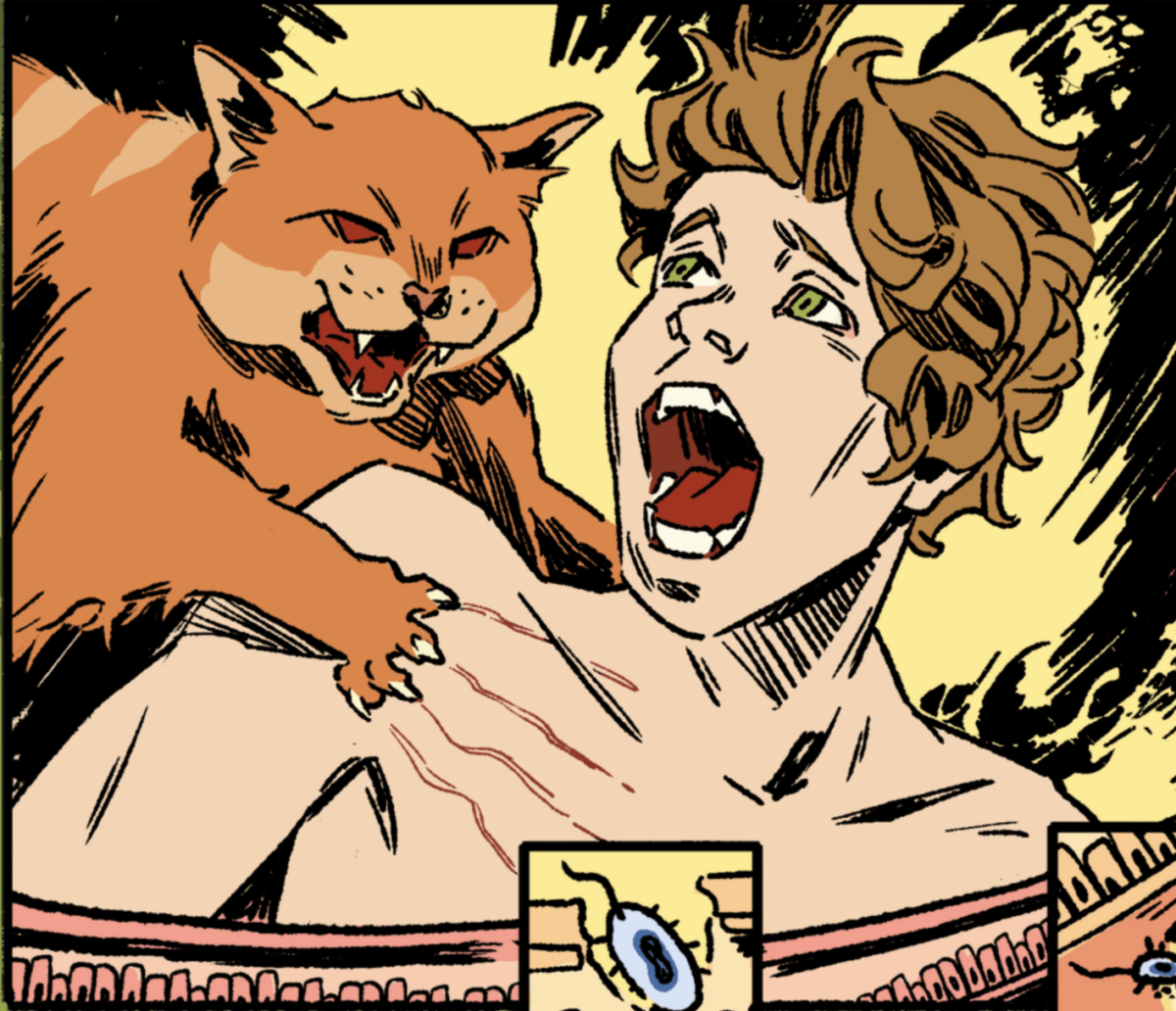Swamp Boy: A story about Bartonella and mental illness
“Swamp Boy” tells the tale of a bright 14-year-old boy who suddenly hears demonic voices and experiences sudden-onset psychosis—He thinks he’s turning into Swamp Thing, a green, plant-covered monster. The story follows his parent’s hellish journey into the medical system as they struggle to save their oldest son from permanent residency in a psychiatric ward. His psychiatrists are convinced he has schizophrenia—until his determined father solves the mystery behind his delusions, offering the family hope and a cure.
Spoiler alert: For the full dramatic effect, read the full story here first.
This story provides readers with a window into the suffering, stigma, and barriers that this family faced in looking for reasons behind their son’s sudden-onset mental illness. It also illuminates the fault lines in our current medical system, especially the ease with which doctors prescribe symptom-masking drugs over the difficult process of exploring possible infectious causes behind a mystery illness.
At the root of the teen’s medical problems was Bartonella henselae, the tiny stealth bacterium that causes cat scratch disease and disseminated Bartonellosis.
This story, two years in the making, couldn’t have been written without the family who made the courageous decision to share their painful experience for the benefit of others. And a sincere thanks to the team of experts who served as technical advisors—Drs. Edward Breitschwerdt, Rosalie Greenberg, Robert Mozayeni, and Allen Lewis—all co-authors on the original case study behind the story, as well as draft reviewers from Invisible’s “Team GOAT”—Robert Bransfield, MD; Charlotte Mao, MD, MPH; Shari O’Connor, PharmD, MBA; Amanda Elam, PhD, Nev Zubccevik, DO/Invisible’s CMO, and Laura Lott, MBA/Invisible’s CEO.
Team GOAT was a winning team in Invisible International’s 2020 hackathon, which focused on education and awareness projects for tick-borne illness. This team of scientists, clinicians, and writers meets weekly to share research, discuss emerging science, and write articles and case studies about tick- and vector-borne diseases.
Read Swamp Boy here: https://nowthisnews.com/swamp-boy
To learn more about Bartonella history, diagnosis, and treatments, watch the medical education courses on Invisible International’s Montecalvo Tick-borne Disease Education Platform here: https://learn.invisible.international
To help fund more stories, hackathons, and medical education courses like this, go to https://invisible.international/give/



